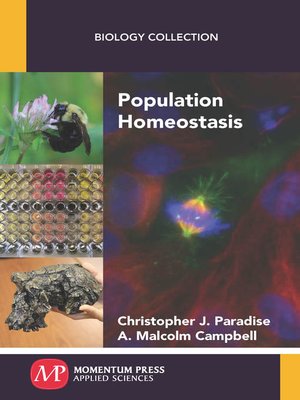
Sign up to save your library
With an OverDrive account, you can save your favorite libraries for at-a-glance information about availability. Find out more about OverDrive accounts.
Find this title in Libby, the library reading app by OverDrive.



Search for a digital library with this title
Title found at these libraries:
| Library Name | Distance |
|---|---|
| Loading... |
This book will synthesize the concepts of selection against individuals in response to environmental change to illustrate how selection against individuals results in homeostasis at the population level. For instance, selection against the light phenotype of the peppered moth during the early part of the industrial revolution led to an increase of the dark phenotype, which was better camouflaged against the soot that accumulated on tree bark as a result of burning coal. Populations are shown to be regulated by feedback mechanisms, several of which are discussed here. Populations are regulated by extrinsic factors, such as competition and predation, and that lead to changes in intrinsic factors, such as reproduction. Changes in population density often lead to initiation of feedback mechanisms, such as changes in birth or death rates. In a final example, pollutants are shown to be a factor that can disrupt homeostasis of populations. In particular, populations of top predators, such as raptors, have suffered due to biomagnification of toxins.







